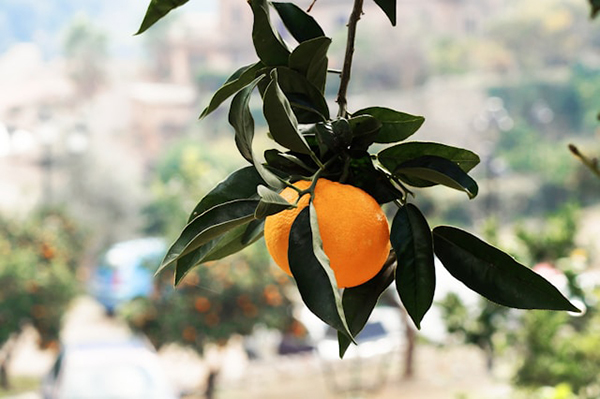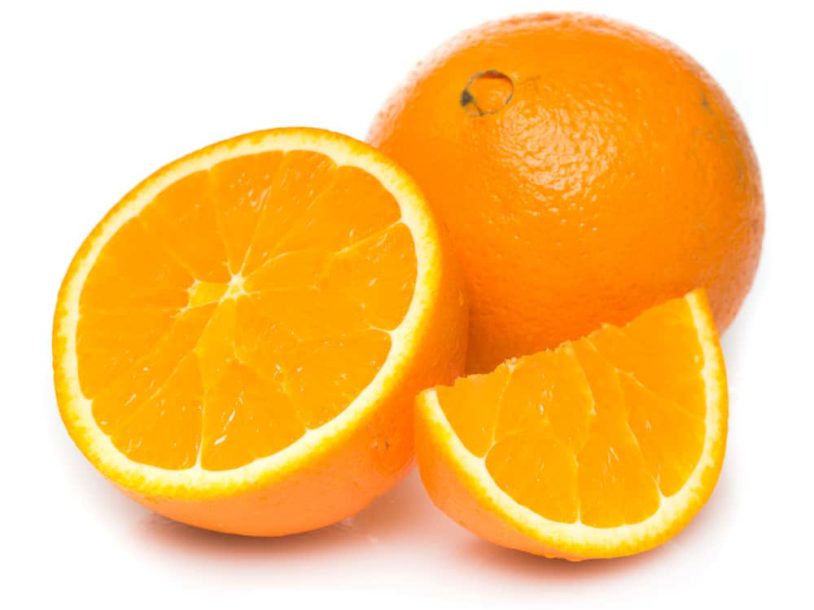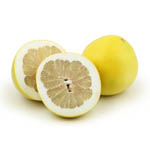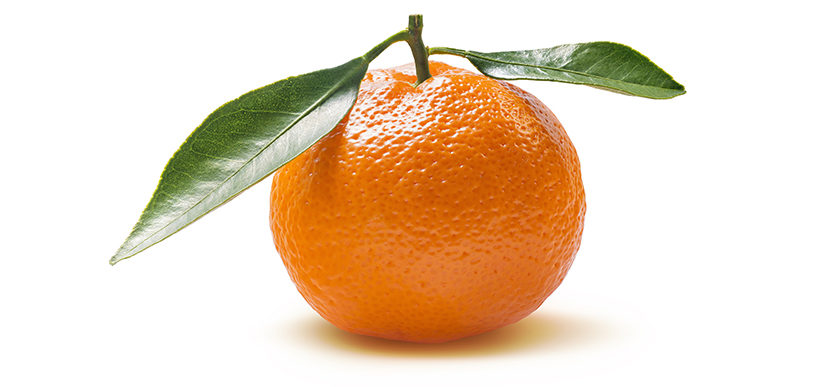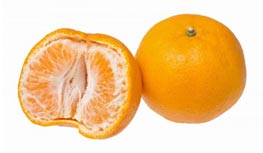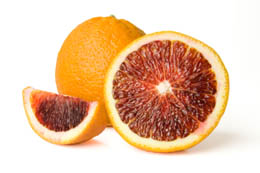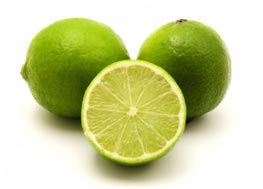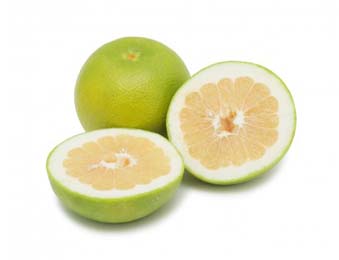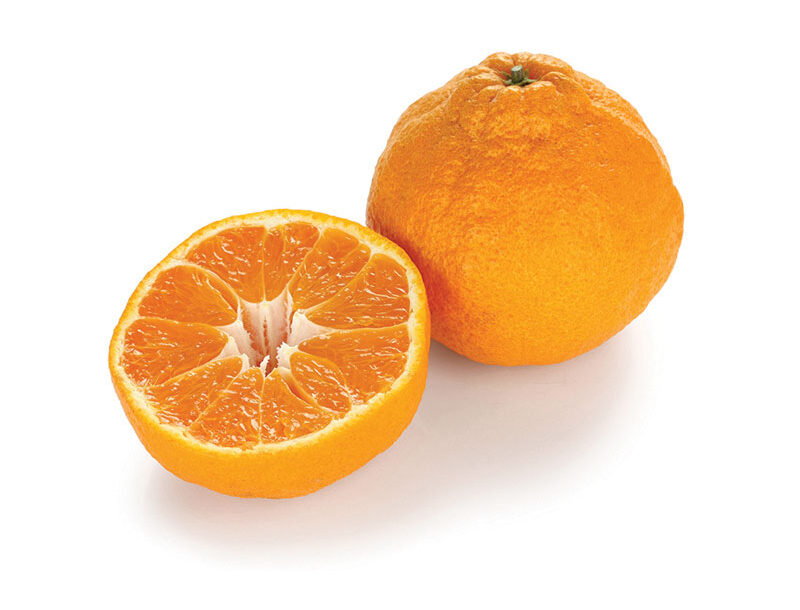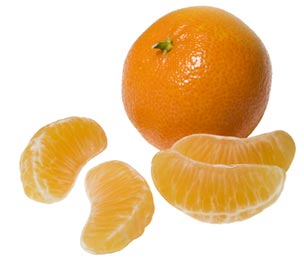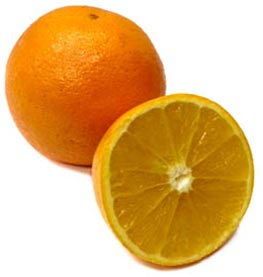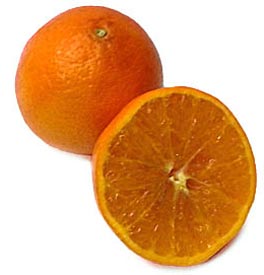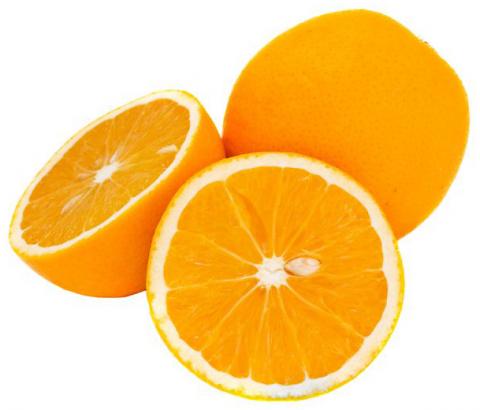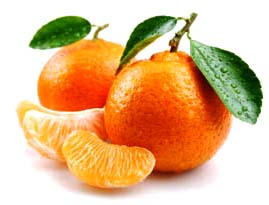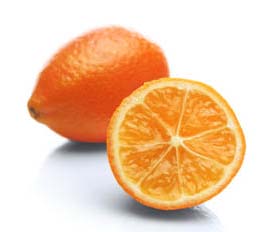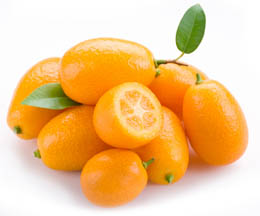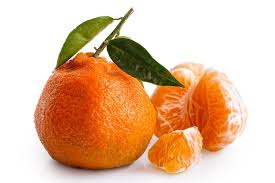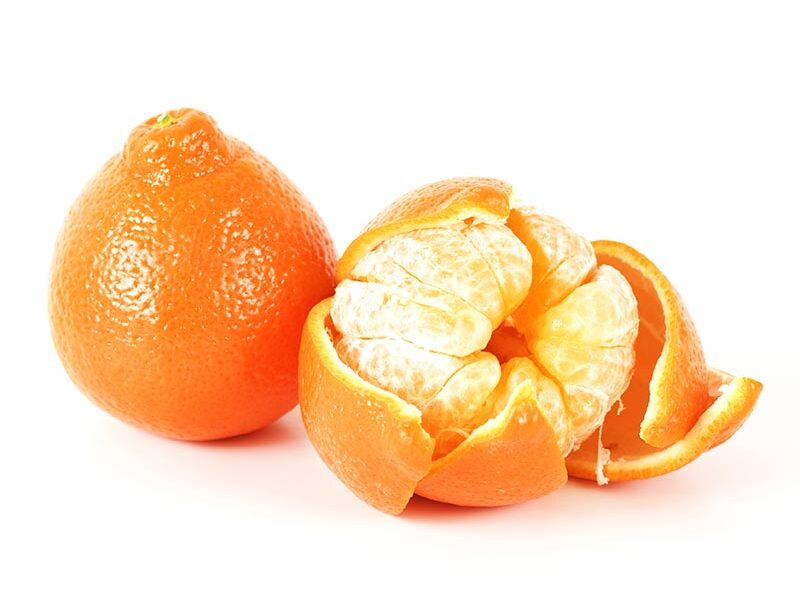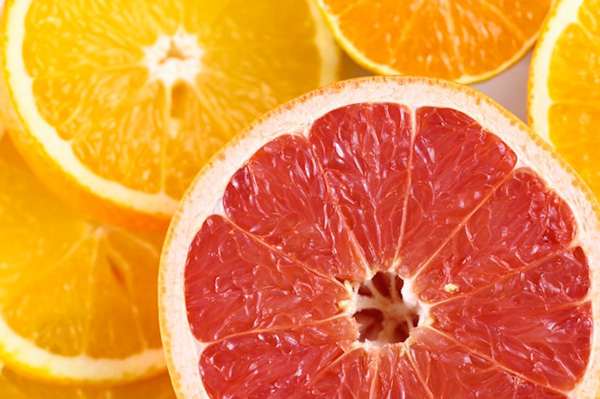Although the Temple orange is certainly tasty enough to offer up to the gods, it wasn’t actually named for a house of worship. Instead, it got its moniker from Florida orange grower William Chase …
Citrus
Navel Orange
You can spot a navel orange by looking for the indented “navel” in its blossom end, which is actually a second, “twin” fruit! The second fruit remains underdeveloped, but from the outside, it …
Oro Blanco Grapefruit
A hybrid developed in 1958 at UC Riverside, yellow oro blanco gets its puffy coat from pomelo and sweet spritzy flavor from white grapefruit. Its thick skin and mild, seedless flesh create a nice …
Clementine
The Clementine is undoubtedly a darling. Developed by Father Clement Rodier from a sweet tangerine and the somewhat bitter Seville orange. A zipper peel with few seeds and tangy taste. The Clementine …
Chinese Honey Mandarin
Also known as Ponkan. One of the oldest and most popular mandarin tangerines thought to have originated in India. Ponkan is distinctive for its oblate shape, often having a short "collar" or neck. …
Blood Orange
Don't be alarmed by this fruit's blood-red interior. The taste is excellent - think orange with a tart hint of berry. Blood Oranges are native to the Mediterranean. …
Bearss Lime
Tart and fragrant limes are the key acidity in many cuisines. Just scratch and sniff the peel for a ticket to paradise, or a squirt a wedge to transform plain water into a tropical refreshment. Also …
Oro Blanco Pummelo
Ah, a romantic fruit. The oroblanco’s soft pillowy skin and flowery scent puff little heart clouds and “plinks” of harp strings into the air when you open one. Spanish for “white gold,” the oroblanco …
Ambersweet Orange
A hybrid of the Clementine and Orlando tangelo, the Ambersweet is practically seedless. A bit of an oddball, this citrus can be more pyramid than sphere, with pebbly, easy-to-peel skin. …
Algerian Mandarin: The Ultimate Guide
Unlike thugs with hearts of stone and irreconcilable nicknames like Bugsy, Sonny, or Baby Face, Algerian mandarins are as sweet as their pseudonyms. These small and tasty fruits are often called …
Hamlin Orange
The first of the citrus season, Hamlin are an important juice orange, great cut into slices (or smiles). This improved variety from the Azores Islands was imported by Thomas Rivers in 1865. …
Daisy Tangerines: Flavors, Benefits, and Varieties
Daisy tangerines (also sometimes called Daisy mandarins) offer a burst of vibrant flavor and are known in the citrus world for their juicy sweetness and hint of tartness. The Daisy tangerine’s …
Valencia Orange
Citrus waves are rolling in like an endless summer, brah. The primo Valencia is old-school orange. A tangy treat to take down the hall to the dawn patrol. The Valencia "re-greens" as it ripens on the …
Gold Nugget Tangerine
Gold Nuggets are sweet and seedless little mandarin oranges, cousin to the Satsuma, recently bred at the University of California Riverside in the foothills of the Box Springs Mountains. This Citrus …
Mandarinquat
The mandarinquat is a hybrid of the mandarin and the kumquat. Like kumquats, they can be eaten whole, peel and all, although they’re larger with crunchier skin, and tend to have many small seeds. Raw, …
Kumquat
Kumquats are the original sweet-tarts! The "sweet" is in the skin, and the "tart" is in the juice. To experience the full spectrum of flavor, eat them whole, like grapes—peel and all. Try rubbing them …
Satsuma
Satsumas - the little darlings of the citrus season are here. When you squeeze their pudgy little baby cheeks and exclaim, "Oy!' This little guy is an old soul!" No, no, no - Satsumas often have a …
Minneola Tangelo
What do you get when you cross a Duncan Grapefruit and Dancy Tangerine? The Minneola Tangelo. This dark orange piece of California-grown fruit is easily recognized by the nib protruding from its end. …
Guide to Grapefruit
Grapefruit, a vibrant and tart member of the citrus family, first appeared on the tropical island of Barbados in the Eastern Caribbean. Since its discovery in the 18th century, grapefruit has evolved …
